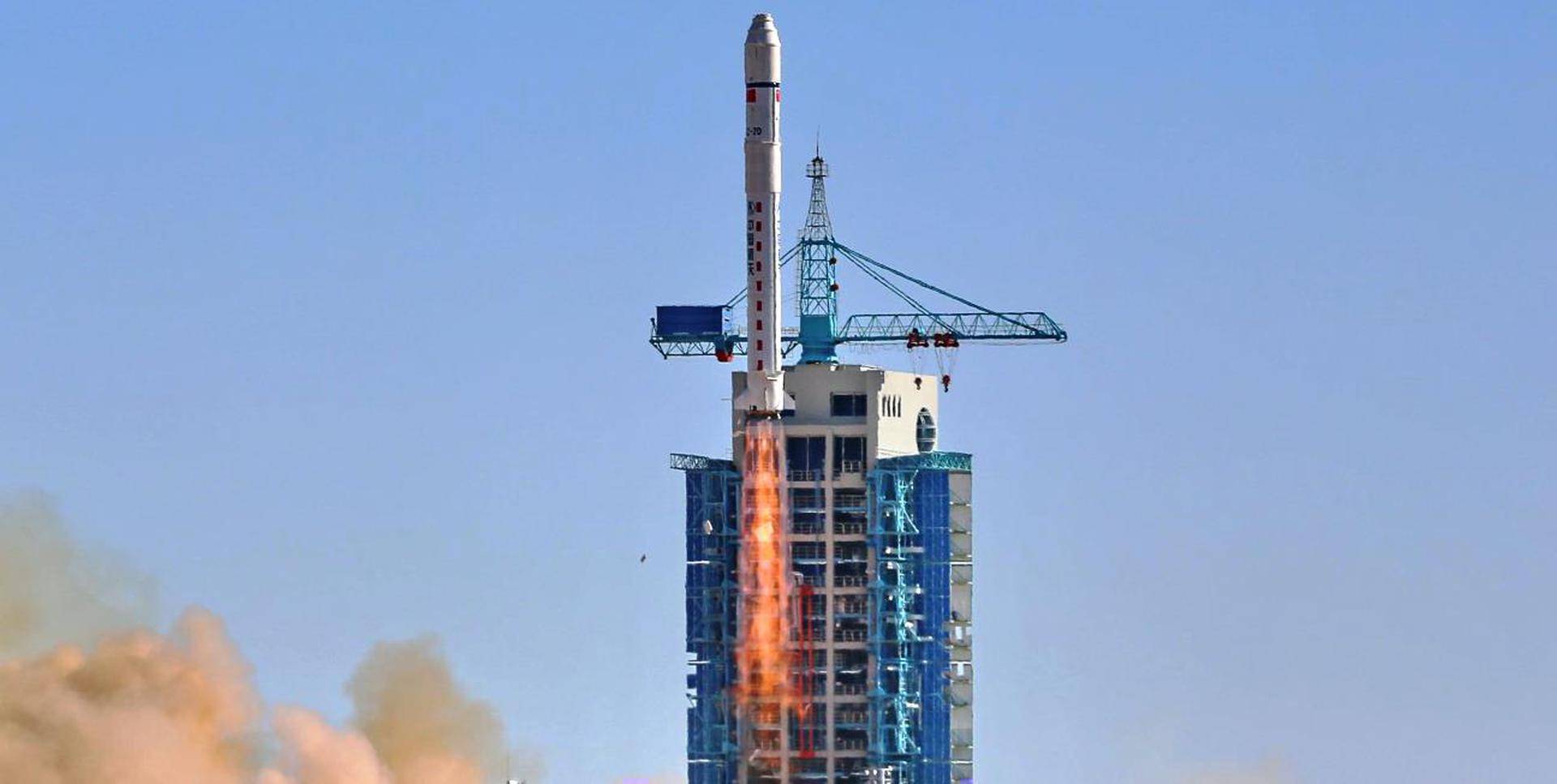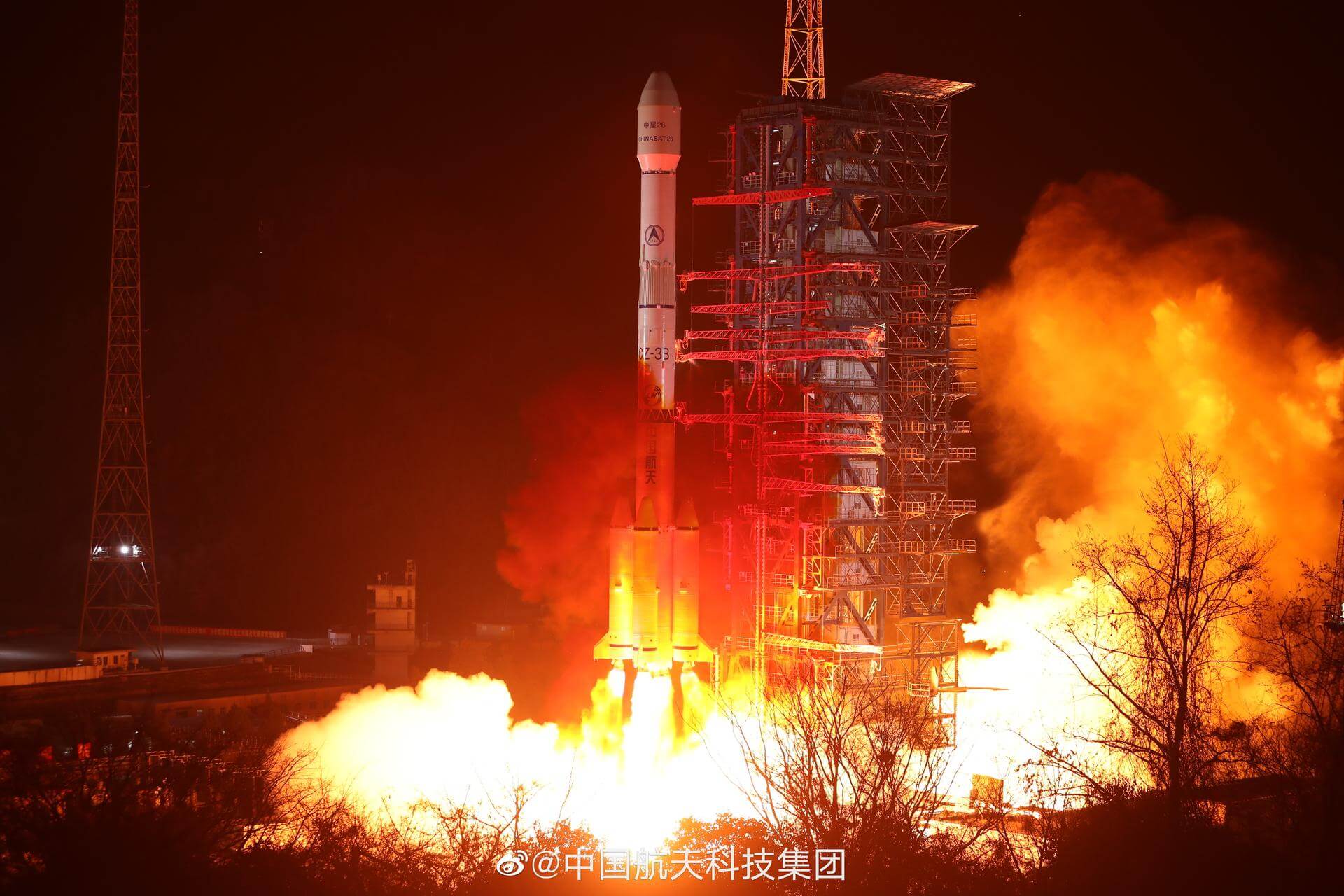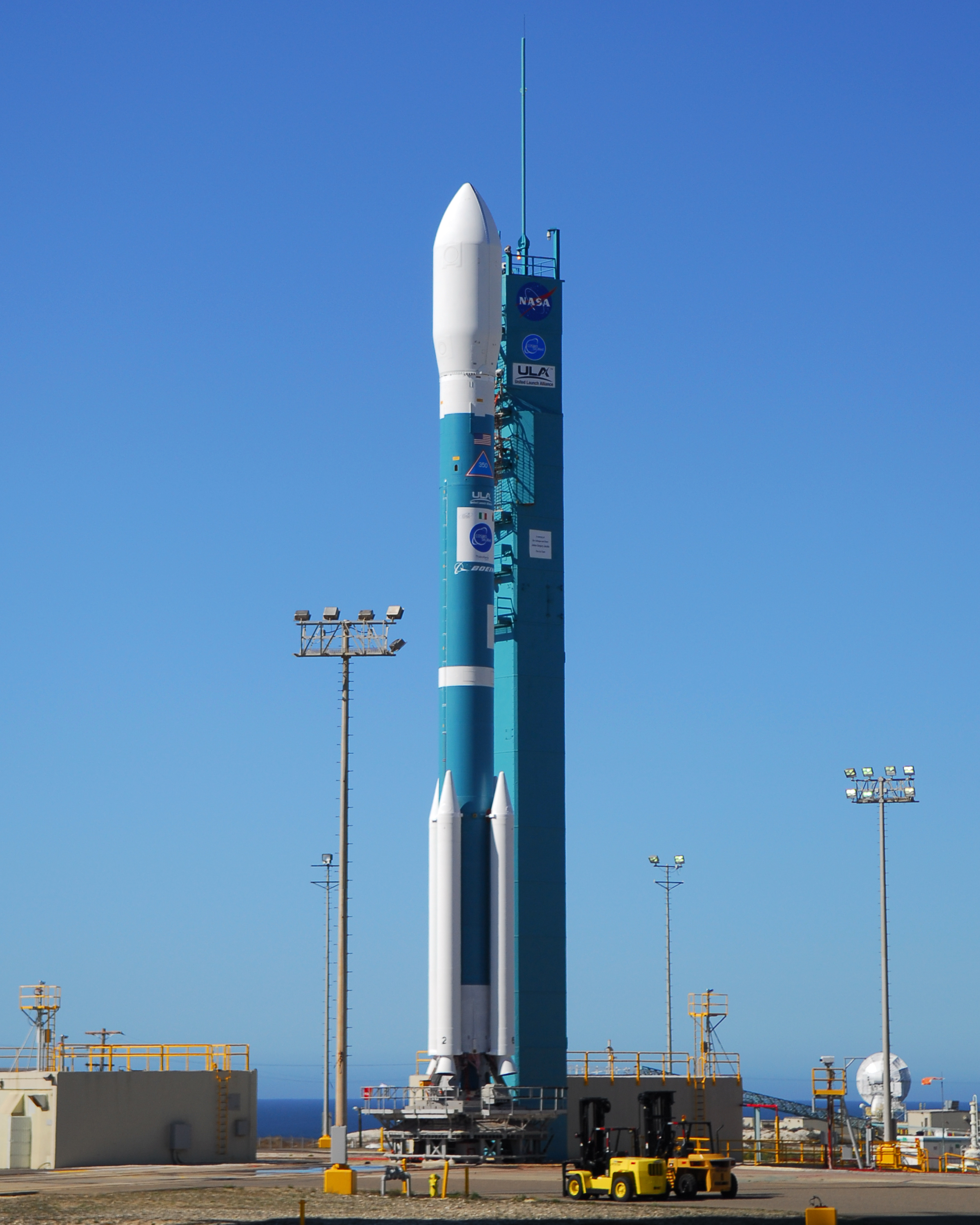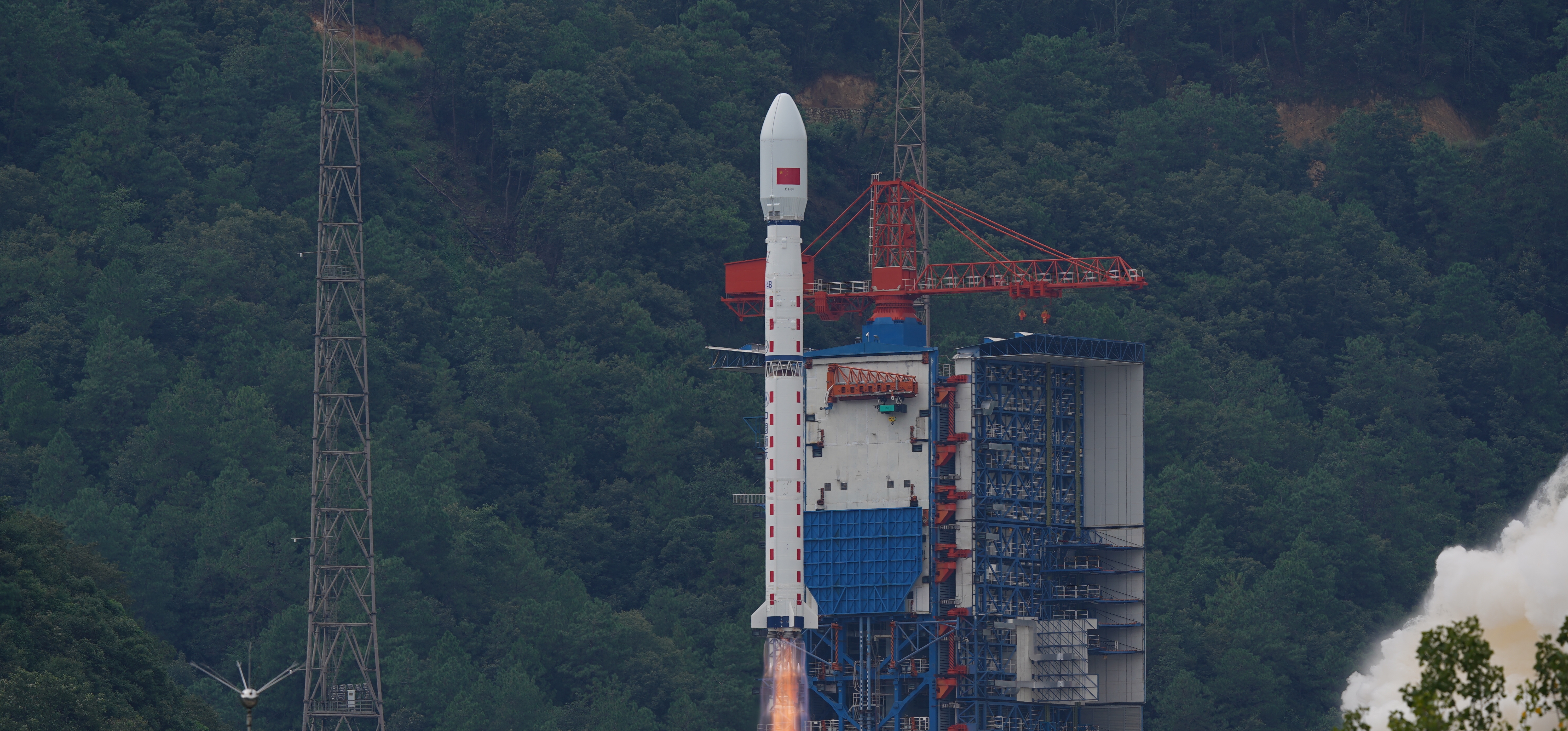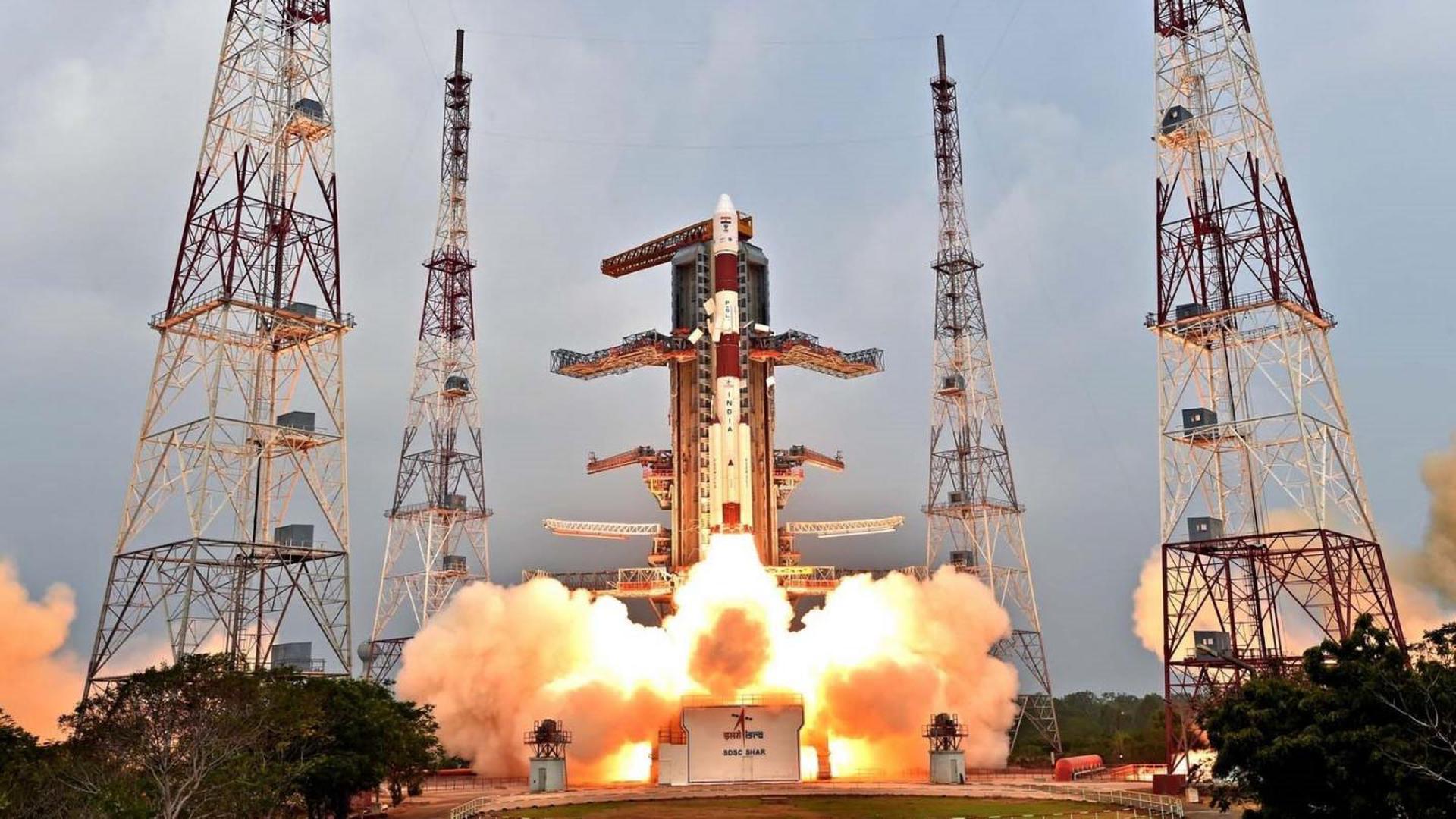Previous Spaceflight Launches
Filter by Agency, Locations or Vehicles
Show All LaunchesLong March 2D | Yaogan Weixing 4
China Aerospace Science and Technology Corporation | ChinaJiuquan Satellite Launch Center, People's Republic of China
Dec. 1, 2008, 4:42 a.m.
Soyuz U | Progress M-01M
Russian Federal Space Agency (ROSCOSMOS) | RussiaBaikonur Cosmodrome, Republic of Kazakhstan
Nov. 26, 2008, 12:38 p.m.
Space Shuttle Endeavour / OV-105 | STS-126
National Aeronautics and Space Administration | United States of AmericaKennedy Space Center, FL, USA
Nov. 15, 2008, 12:55 a.m.
Status: Launch Successful
Mission:
STS-126 was a Space Shuttle mission to the International Space Station (ISS) flown by Space Shuttle Endeavour. The purpose of the mission, referred to as ULF2 by the ISS program, was to deliver equipment and supplies to the station, to service the Solar Alpha Rotary Joints (SARJ), and repair the problem in the starboard SARJ that had limited its use since STS-120.
Low Earth OrbitSoyuz-U-PVB | Yantar-4K2M 4
Progress Rocket Space Center | RussiaPlesetsk Cosmodrome, Russian Federation
Nov. 14, 2008, 3:50 p.m.
Proton-M Briz-M | Astra 1M
Khrunichev State Research and Production Space Center | RussiaBaikonur Cosmodrome, Republic of Kazakhstan
Nov. 5, 2008, 8:44 p.m.
Long March 2D | Shiyan Weixing 3
China Aerospace Science and Technology Corporation | ChinaJiuquan Satellite Launch Center, People's Republic of China
Nov. 5, 2008, 12:15 a.m.
Long March 3B/E | Simon Bolivar
China Aerospace Science and Technology Corporation | ChinaXichang Satellite Launch Center, People's Republic of China
Oct. 29, 2008, 4:53 p.m.
Delta II 7420-10 | COSMO-Skymed 3
United Launch Alliance | United States of AmericaVandenberg SFB, CA, USA
Oct. 25, 2008, 2:28 a.m.
Long March 4B | Shi Jian 6E & 6F
China Aerospace Science and Technology Corporation | ChinaTaiyuan Satellite Launch Center, People's Republic of China
Oct. 25, 2008, 1:15 a.m.
Status: Launch Successful
Mission:
It was announced that the two satellites had a design life of at least two years, and would be used to probe the space environment, radiation and its effects, record space physical environment parameters, and conduct other related space experiments.
Low Earth OrbitPSLV XL | Chandrayaan-1
Indian Space Research Organization | IndiaSatish Dhawan Space Centre, India
Oct. 22, 2008, 12:52 a.m.
